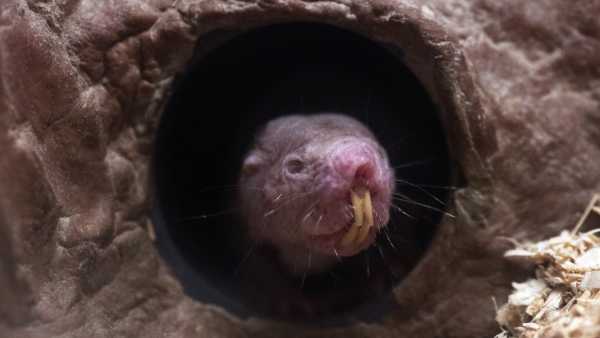A Close Relative
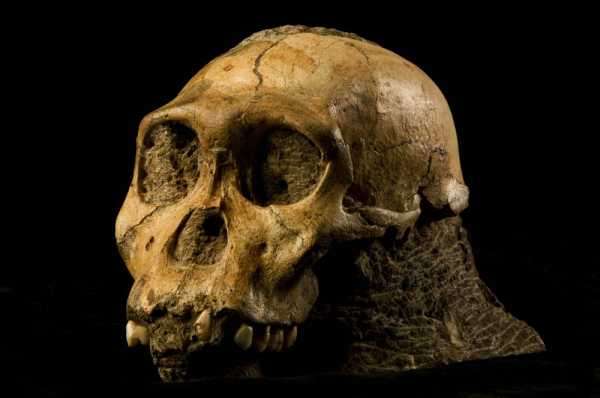
Fossils of the extinct hominid known as Australopithecus sediba were accidentally discovered by the 9-year-old son of a scientist in the remains of a cave in South Africa in 2008, findings detailed by researchers last year. The fossils’ mix of human and primitive traits found in the brains, hips, feet and hands make a strong case for it being the immediate ancestor to the human lineage, scientists report in the Sept. 9, 2011, issue of the journal Science.
The fossils included remains of a male juvenile (whose cranium is shown here) along with a female of the same species, who was likely in her 20s or 30s.
Holding a Skull
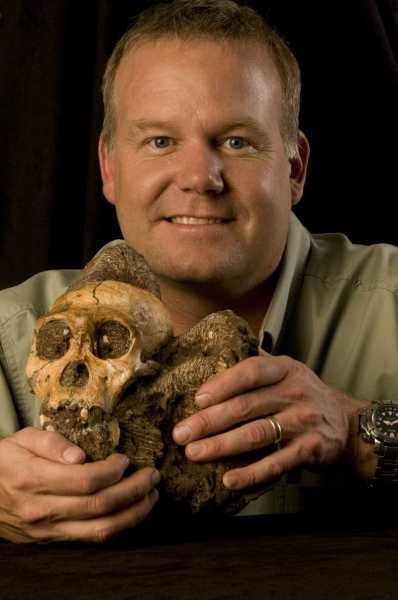
Researcher Lee Berger holds the cranium of Australopithecus sediba — Australopithecus means “southern ape,” and is a group that includes the iconic fossil Lucy, while sediba means “wellspring” in the South African language Sotho.
Grapefruit-Size Brain
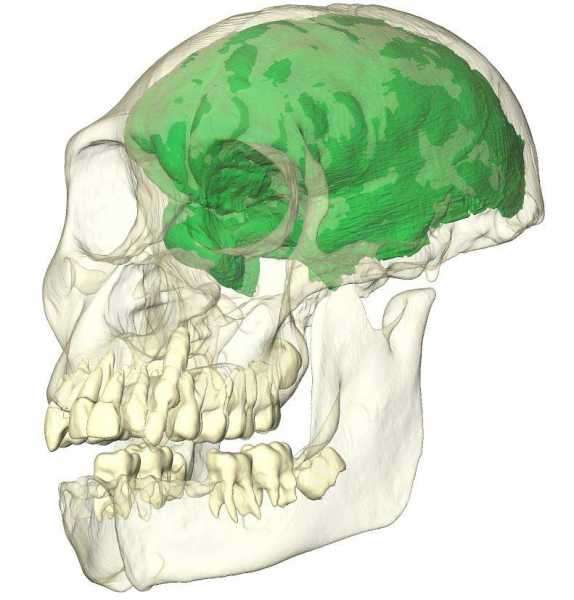
This virtual endocast (green) shows the reconstruction of the inside of the cranium where the brain would have been in the juvenile male. Though the brain showed many humanlike features, it would’ve been small, with the adult brain being about the size of a grapefruit.
Made for Having Babies
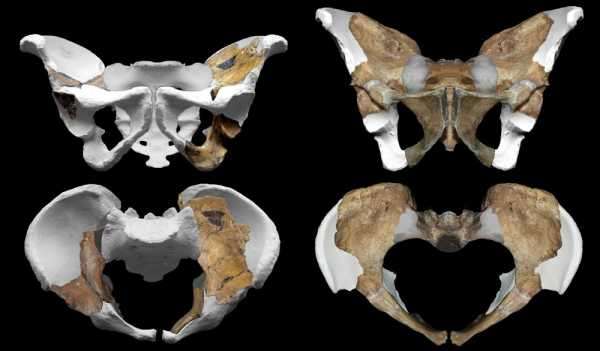
Reconstructed pelvises of the juvenile (left) and adult female (right), as seen from the front (top row) and from above (bottom row).
Did the female have offspring? Sometimes females develop small pits (called scars of parturition) on the back side of the pubic bone when they deliver a baby, due to stress on the ligaments crossing the front of the pelvis. The female specimen may have one such scar; however, these pits can also be produced by other factors, and thus they are not always indicative that a female has given birth. It is likely that a female Australopith of her age would have had children.
Made for Making Tools
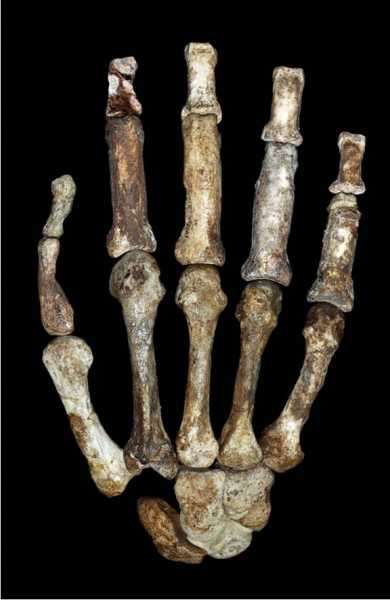
The fossils of Au. sediba showed its hand was capable of the strong grasping needed for tree-climbing, but that it also had a long thumb and short fingers. These would have allowed it a precision grip useful for tools, one involving just the thumb and fingers, where the palm does not play an active part.
Hand in Hand
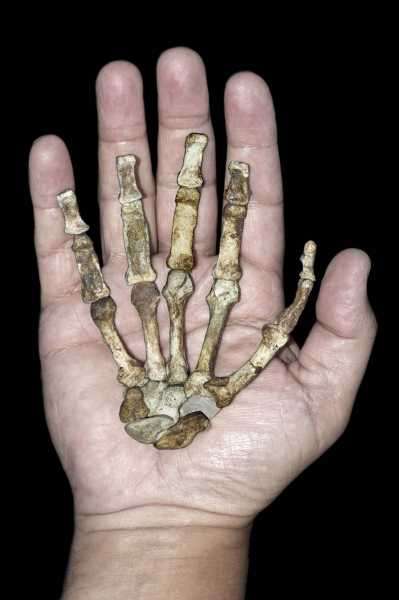
The right hand skeleton of the adult female (MH2) against a modern human hand. The hand, seen here in palmar view, lacks three wrist bones and four terminal phalanges, but is otherwise complete.
Made for Climbing

Shown here, a virtual reconstruction of the right ankle bones of the adult female Australopith, in the position in which they were discovered. The three bones (from top to bottom) are: partial tibia, talus, calcaneus or heel. Analysis showed the ankle joint is mostly humanlike with some evidence of a humanlike arch and Achilles tendon. However, its heel was more gracile, while it had a more robust medial malleolus (lowest part of tibia or shin bone) than expected. The findings suggest Au. sediba may have practiced a unique form of bipedalism, and would have almost certainly climbed trees.
Intense X-Rays
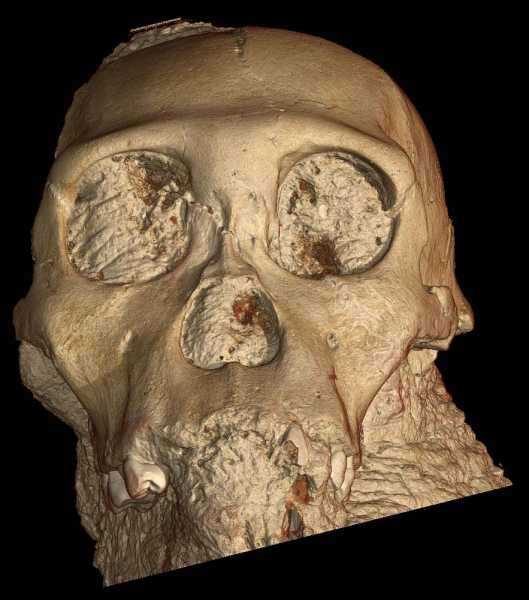
This is a 3-D rendering of the skull of Australopithecus sediba made from X-ray data gathered in an experiment at the European Synchrotron Radiation Facility (ESRF).
Sourse: www.livescience.com



